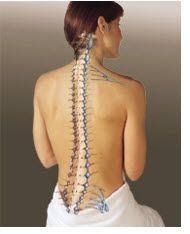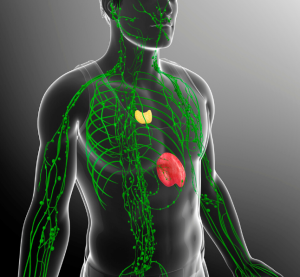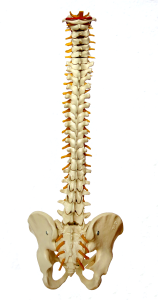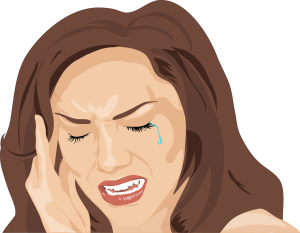We often like to show you the picture of the woman on the right. 
People have asked, “Is that a snake on her back?” “No, it’s her spinal column (backbone)” we say.
We’ve also been asked:
“What’s with the chiropractic fascination with the spine?”
“How does the back make me sick?”
“How does the chiropractor working on my back make me healthy?”
Good questions. Let’s answer them:
Your brain controls your body. How? Your brain has a marvelous communication system-the nervous system. Billions of nerves leave the brain in a bundle known as the spinal cord and travel down your spine.
Millions of nerves from the spinal cord branch off between your spinal bones.
Your spinal cord and nerves send your brain’s messages to all your internal organs: heart, lungs, stomach, liver, intestines, etc., and all your muscles, joints, glands, blood vessels, and more!
For you to be healthy your spinal bones (vertebrae) must be in a healthy alignment or your nerves may be irritated and that can cause a lack of proper communication between your brain and your body.
That’s where your chiropractor comes in. Your Doctor of Chiropractic locates distortions where the nerves are impinged or stressed (subluxations) and corrects or “adjusts” your spine to relieve this distortion.
For a healthy body, for ideal function, for a strong terrain, you need a healthy spine. A healthy spine helps ensure a healthy nervous system. That’s the role of your chiropractor.
Click HERE to make an appointment or call 517.627.4547














